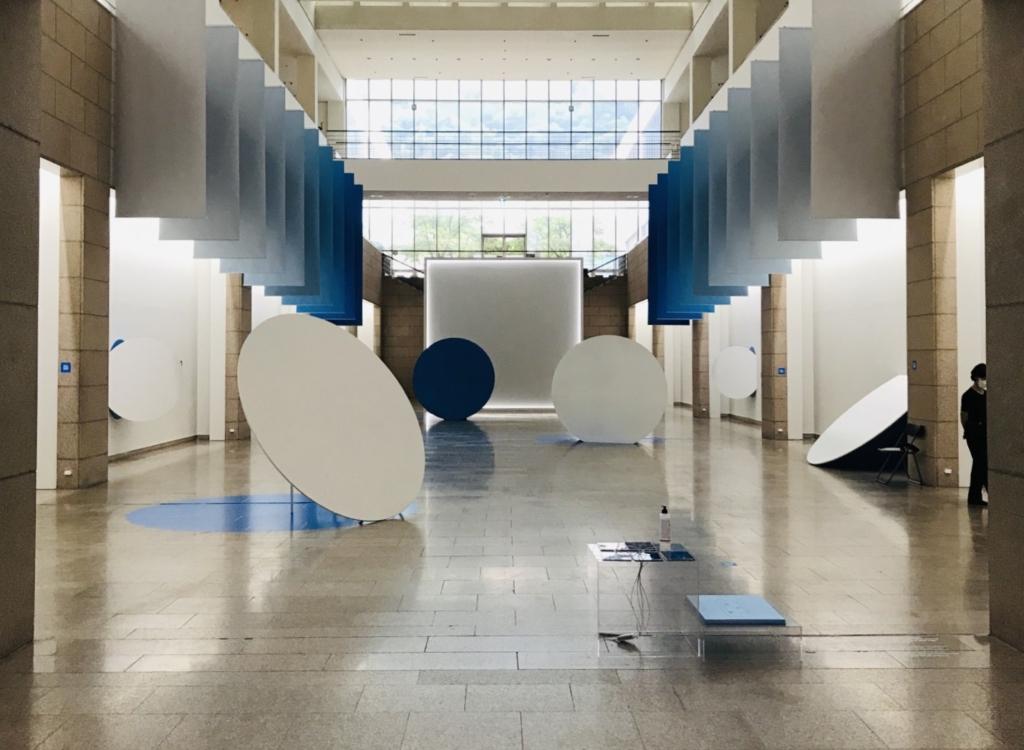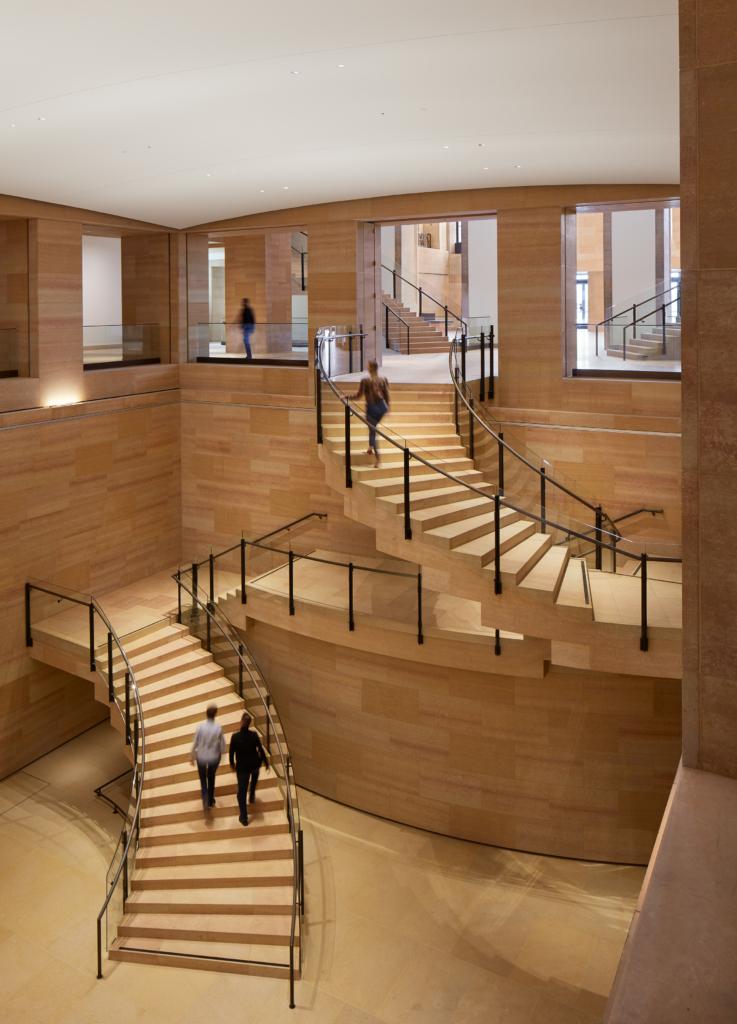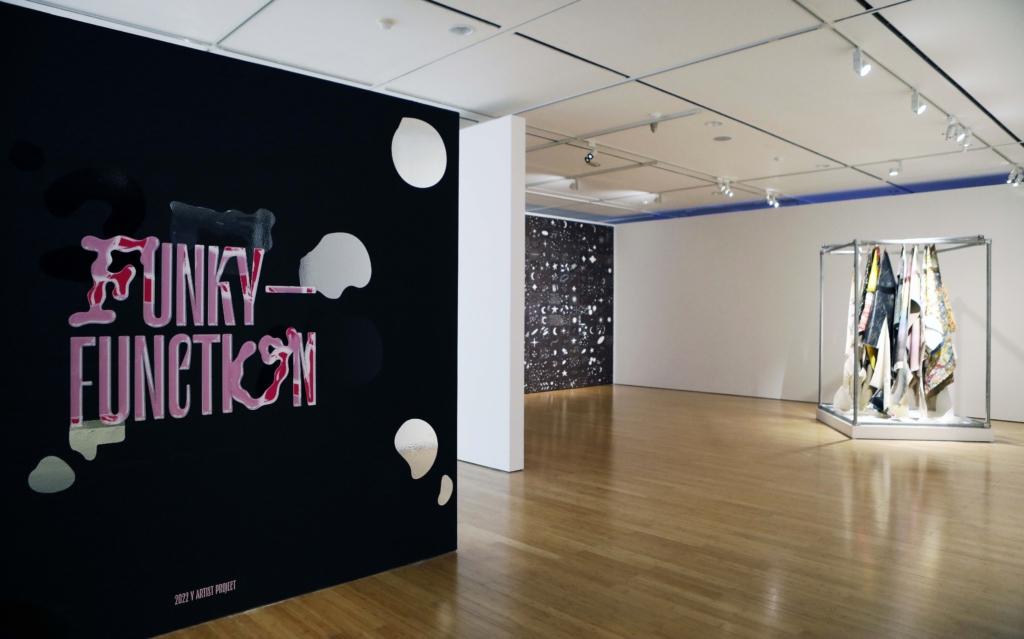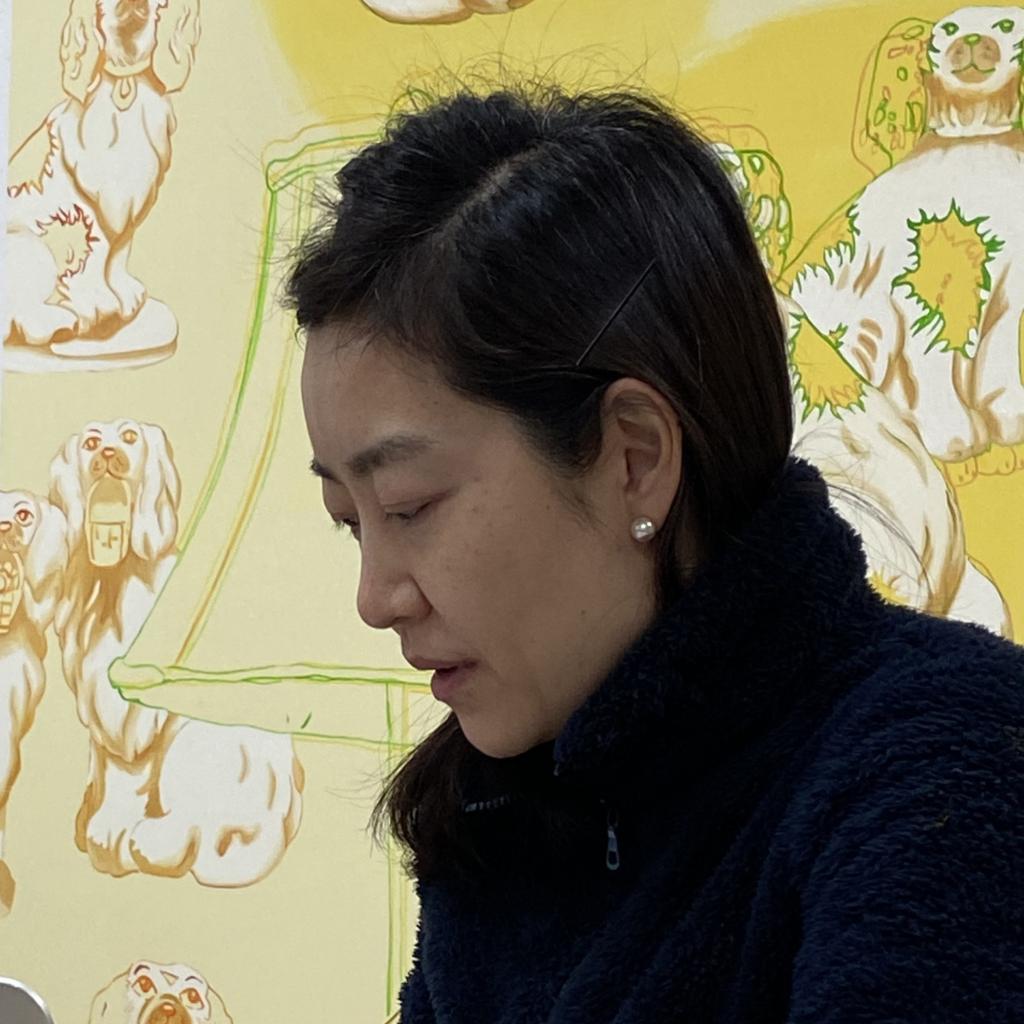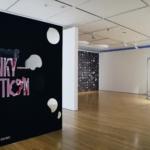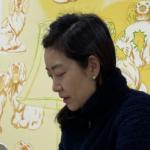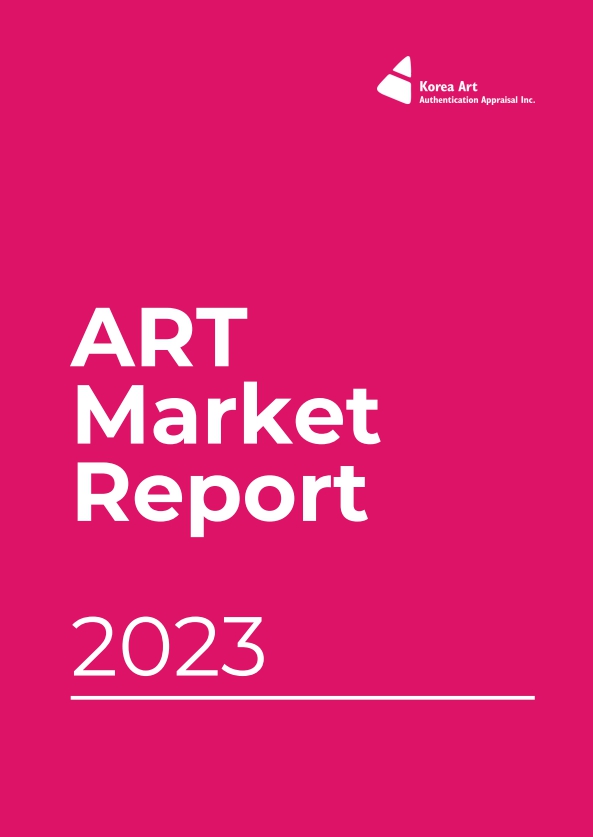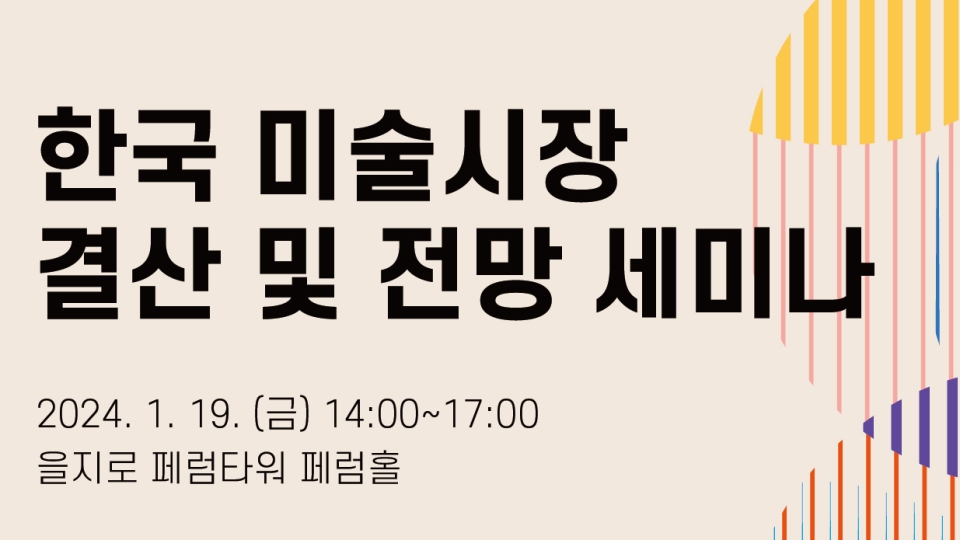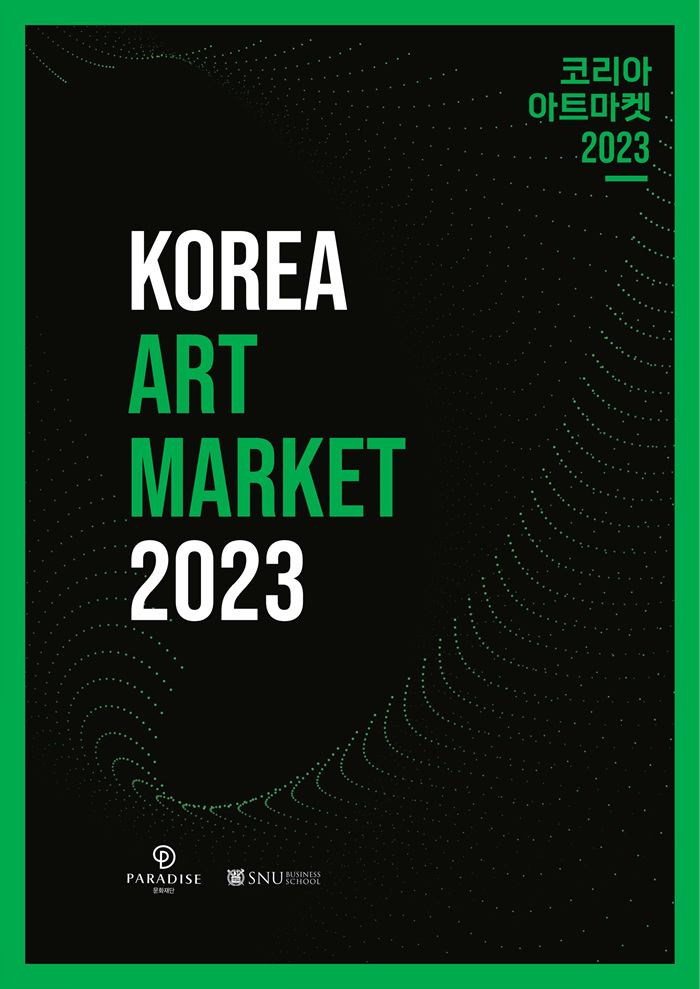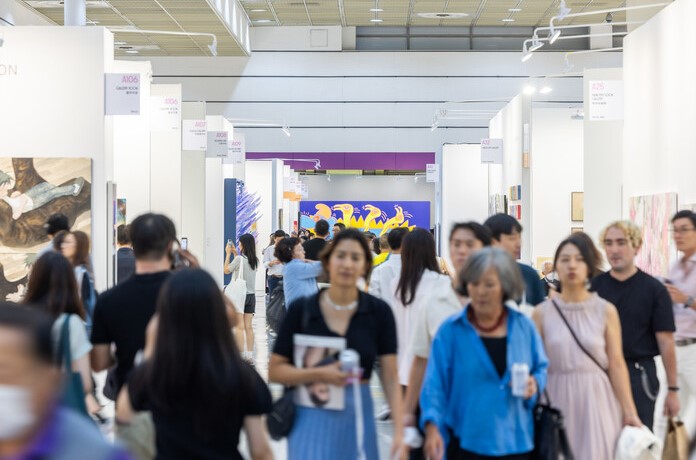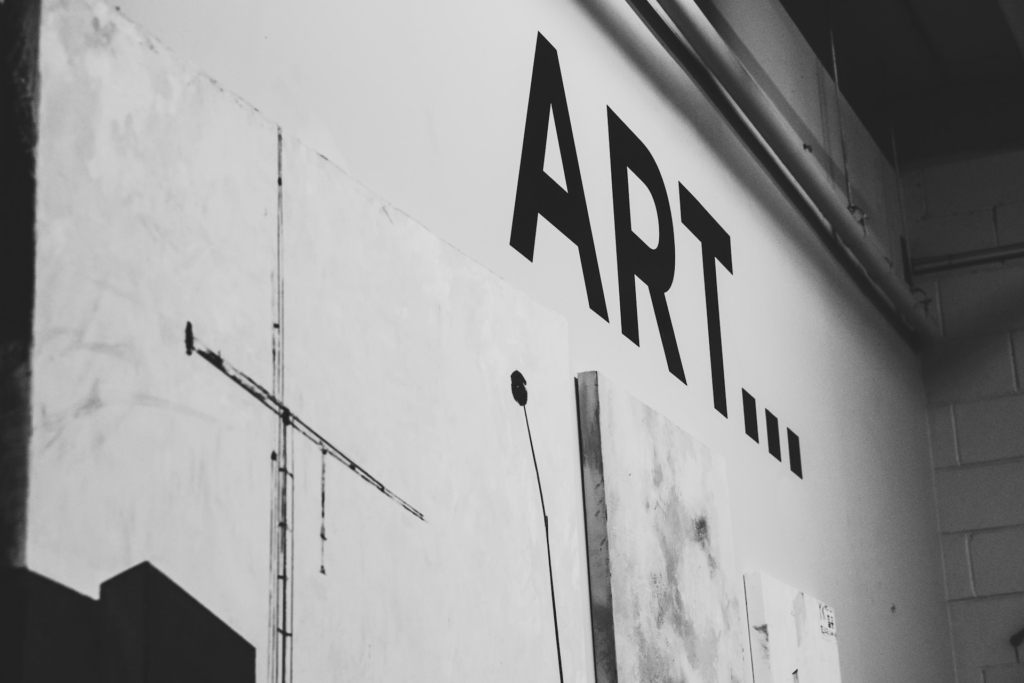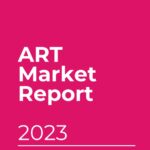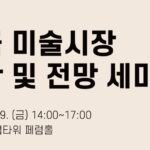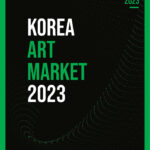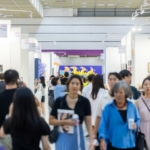Korean art market, is it in an adjustment period or a recession?
The “3rd Quarter (July-September) Art Market Analysis Report” released by the Korea Art Authentication and Appraisal Inc. (KAAAI) suggests that despite maintaining growth during an economic downturn, the domestic and international art markets are transitioning from a growth phase to a downturn. Market experts analyze that amidst high inflation and interest rates, investment and buying sentiments are weakening, leading to a decrease in artwork transaction volumes. However, the KAAAI diagnoses that the art market is, in fact, returning to normalcy.
Auction Market
In the auction market, the winning bids in the art market, both domestic and international, sharply declined in the third quarter of this year.
The total winning bids for the Korean art auction market (Seoul Auction, K Auction, My Art Auction) amounted to 25.9 billion KRW, a 13.5% decrease compared to the same period last year. The winning bid rate decreased by 10.23% to 65.51%. The number of works sold was 414, a 14.67% decrease from last year. Of these, five works were auctioned for over 1 billion KRW, with three being antique pieces and the remaining two being the works of blue chip artists Lee Ufan and Yayoi Kusama.
Looking at the auctions in Hong Kong in the third quarter, the situation was similar. The Sotheby’s Hong Kong auction on October 5 demonstrated a market downturn. The auction featured Modigliani’s Paulette Jourdain, and Sotheby’s estimated the winning bid for this work to be 45 million USD. However, the piece was auctioned for HKD 34.9 million, lower than the USD 42.81 million it was auctioned for at a Sotheby’s New York auction in 2015.
The total sales amount for the Sotheby’s and Phillips Hong Kong auctions held in early October was HKD 1.06 billion, a 5.45% decrease compared to the same period last year and a 28.11% decrease compared to the spring of this year. Artworks that were once fiercely competed for are now barely winning or failing to be auctioned at the lower limit.
As buyers wait for a decline in artwork prices, sellers want to maintain the highest prices. The contradiction between the desires of buyers and sellers is leading to artworks auctioned at high prices being unsold, resulting in a decline in the winning rate. As this situation continues, demand turns to a wait-and-see attitude rather than making purchases, leading the market into a downturn.
High-Net-Worth Collectors Making Cautious Purchases, and Resales
According to the Art Basel and UBS report released in November 2023, collectors are becoming increasingly cautious about art purchases. According to a survey of 2,800 High-Net-Worth individuals (HNW) collecting artworks, private collectors reduced the proportion of funds allocated to artworks compared to other financial assets from 24% in 2022 to 19% in 2023. There was also a conservative attitude towards selling artworks, with 26% of collectors expressing their intention to sell the artworks they own, a significant decrease from the reported 39% in 2022.
Art Fairs
The Korean art fair market was successful in terms of attendance. The Kiaf SEOUL reported a 15% increase in attendance compared to the previous year, with over 80,000 visitors. Frieze Seoul reported 70,000 visitors. Although the number of visitors was higher than other recent art fairs such as Art SG in Singapore (43,000) and Gendai Tokyo (20,000), it did not translate into significant sales. The KAAAI analyzed that while the first edition of Frieze Seoul focused on analyzing the size and buying levels of the Korean market, this year’s edition was about how Korea can attract a stable Asian clientele.
In the case of the international art fair market in the third quarter of this year, Paris generated more sales than London, which is in second and third place in the global market. Frieze London and Paris+ par Art Basel were held a week apart in October, and the results showed that the Paris fair was more successful. Experts attribute this to UK tax policy changes due to Brexit. Before Brexit, European collectors could buy art in London duty-free, but now sending art from the UK to EU member states requires a 5-20% duty on the price of the artwork and a cumbersome administrative process.
KAAAI cited the sales performance of New York’s David Zwirner, that participated in both art fairs, as an example. While there were no sales of works priced over $1 million at Frieze London, the gallery sold Kerry James Marshall’s painting for $6 million on the first day of Paris+ par Art Basel.
The Fractional Art Market in Korea
The fractional art market began to grow significantly in 2018, propelled by the rapid growth of the Korean art market and the sudden rise of cryptocurrencies. However, the business had to be halted in November 2021 as the Financial Supervisory Service deemed fractional investments to be investment contract securities.
With the establishment of guidelines related to the new securities business in July of this year, some fractional investment companies were exempted from sanctions. Expecting the development of a new industry, there were hopes for new possibilities in the art field. However, concerns about the price appropriateness of artworks in this business led to a downturn.
And Yet, the Art Investment Continues…
With the emergence of MZ collectors, the art market became overheated. KAAAI states that the overheating and subsequent downturn are phenomena that were previously observed and that the market is now returning to normal. As art investment takes place over the long term, this period is considered an excellent time to study the art market, as it has become more stable.
Aproject Company. Co., Ltd | Founder & CEO : Jay Jongho Kim
216 Dosan-Daero, B2F, Gangnam-gu, 06047 Seoul, Korea
Business Number : 894-88-01945
Contact : aproject.company@gmail.com
Mail-order-sales registration number : 제 2021-서울강남-04243 호



















